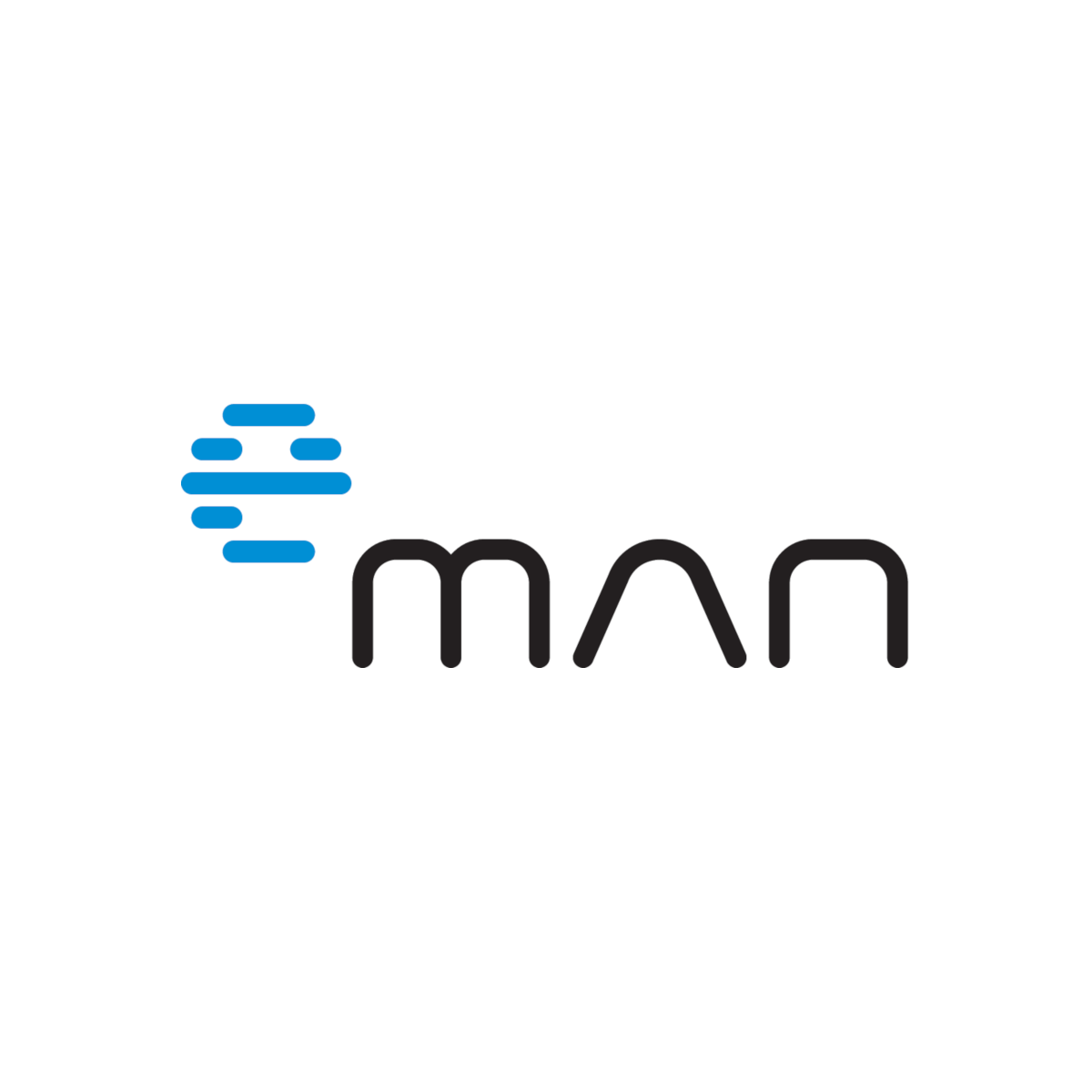The question of whether to go native or hybrid is one of the key decisions when developing a mobile app. Choosing the right approach will significantly affect not only the final quality of the product, but also the costs, development time, and long-term sustainability. It is important for businesses to understand the differences between these approaches and choose the one that best suits their needs and expectations.
Native vs hybrid mobile app development for businesses: How to choose the right path

What does native and hybrid development mean?
Native development involves creating applications specifically for a particular operating system. In practice, this means creating separate application versions for iOS and Android. Each version uses a programming language and tools designed specifically for that platform—Swift and the Xcode development environment for iOS, and Kotlin and Android Studio for Android.
The main advantage of the native approach is full access to all device features, such as the camera, GPS, motion sensors, and contactless payment technology. This allows the app to take full advantage of the phone or tablet’s capabilities. The result is usually an app with higher performance and smoother content display.
On the other hand, hybrid development allows you to create a single app that works on multiple platforms simultaneously. It uses a combination of web technologies and native elements. The code is written only once and then adapted for different operating systems. Popular tools for hybrid development include React Native, Flutter from Google, and .NET MAUI from Microsoft (the successor to Xamarin technology).
Comparison of performance and user experience
When comparing performance, native apps usually come out on top. They have been developed specifically for a platform and optimised for specific hardware. This difference is most noticeable in apps that process large amounts of data or offer graphically demanding content, such as games, video editing apps, or 3D visualisations.
The native approach also has advantages in terms of user experience. The app uses standard controls, animations, and gestures that users of the platform are familiar with, making it easier to navigate and use. Users appreciate it when an app “feels at home” on their device.
Hybrid apps can encounter problems with user interface consistency. What works well on iOS may not be ideal for Android, and vice versa. However, modern tools such as Flutter strive to minimise this difference and offer components that adapt to the platform’s visual style.
These differences are gradually diminishing. Today’s hybrid technologies are much more advanced than a few years ago, and typical applications without extreme requirements can offer a user experience comparable to native solutions.
Development costs and time to market
Hybrid development has an advantage in terms of costs. Instead of two separate teams for iOS and Android, a single team can create a single code set. This can significantly reduce development costs, especially for smaller and medium-sized applications. Hybrid development often saves 30-40% of the costs compared to two separate native applications.
Time savings are another factor in favour of the hybrid approach. Once created, the code works on both platforms, which means faster time to market. This can be a critical advantage in a competitive environment where the first to market gains an advantage.
However, hybrid apps also come with hidden costs. They often require extra work to optimise performance or solve specific issues on each platform. Maintenance can also be more demanding in the long run, mainly when operating systems introduce new features that hybrid tools do not yet support.
Native development, on the other hand, has higher initial costs but can be more cost-effective in terms of long-term maintenance and updates. Native applications are typically more robust and better prepared for future platform developments.
When to choose which option
The choice between native and hybrid development depends on what you expect from the application:
Native development is suitable when:
- The application requires high performance (games, graphically demanding applications, complex calculations)
- You need to use specific device features that are not well supported by hybrid tools
- User experience and design according to platform standards are a priority for you
- You plan the long-term development of the application with regular updates
- You have sufficient budget and time to develop two separate applications
Hybrid development makes sense when:
- You need to get the application to market quickly
- The budget is limited
- The application is not very complex and does not require specialised device features
- The principal value is the content of the application, not interactivity
A typical scenario is that companies choose a hybrid approach for the first version of their application to test the market at minimal cost. If the application proves successful, they can invest in native development later.
New approaches combining the best of both worlds
Technological developments are opening new possibilities that seek to combine the advantages of native and hybrid development. One such approach is JetBrains’ Compose Multiplatform.
This technology is based on Android’s modern user interface creation tool and extends it to other platforms. This allows developers to write the user interface once in Kotlin and use it on Android, iOS, desktop, and the web. The main advantage is that the application uses native elements of the given platform, which provides a better UX and performance close to native applications.
Developers can share a significant portion of the code (up to 80-90% in some projects), but simultaneously have the option to customise specific parts for each platform. This approach may be ideal for companies that:
- Already have a team with experience in Android development
- Want to find a middle ground between code sharing and native performance
- Want to expand their apps to multiple platforms gradually
Practical implications from the client’s perspective
From the client’s perspective, it is essential to understand how the choice of technology affects the long-term strategy of a mobile app.
Native apps usually provide a better foundation for building a brand. With smoother content display and platform-specific design, they can create a professional impression and promote user loyalty. This can be crucial for apps that are a company’s main product or an essential sales channel.
On the other hand, hybrid apps allow for faster iterations and updates. Changes are made only once and are reflected across all platforms simultaneously. This is beneficial for apps that need to respond frequently to user feedback or market changes.
From a maintenance perspective, it is crucial to think ahead. Native apps typically have a longer lifespan and adapt better to new versions of operating systems. When there are significant platform changes, hybrid apps may require more modifications.
A specific example is banking apps, where security and reliability are paramount. Most banks choose native development precisely because of these factors, even if it means higher costs.
Conversely, a hybrid approach is often sufficient and more cost-effective for internal company apps used for reporting or vacation approval.
The future of mobile development
Technology constantly evolves, and the differences between native and hybrid development gradually diminish. Modern hybrid tools offer performance close to native apps and easier development for multiple platforms simultaneously.
In mobile development, we are seeing a trend towards multi-platform solutions that can create applications not only for iOS and Android, but also for the web and desktop using a single shared code. This may change the way we approach mobile application development in the future.
On the other hand, native development will continue to dominate in some areas. These include applications using the latest technologies, such as augmented reality and virtual reality, or applications with high performance and security requirements.
Recommendations for clients
When faced with the decision between native and hybrid development, consider the following steps:
- Define what you expect from the application and what your priorities are (performance, speed to market, budget)
- Analyse your target audience – what devices do your potential users use?
- Determine what features the application will include and whether they can be implemented using hybrid tools
- Think about the future – how will the application evolve in the coming years?
There is no universal answer. Every project has different requirements and limitations.
Not sure what’s best for you? Contact us. At eManu, we do both and will be happy to help you find a solution that makes sense for your specific project and budget.
